Air New Zealand and 2 others have placed orders for a new electric 5-seater plane that can fly up to 386 miles — meet Beta's CX300
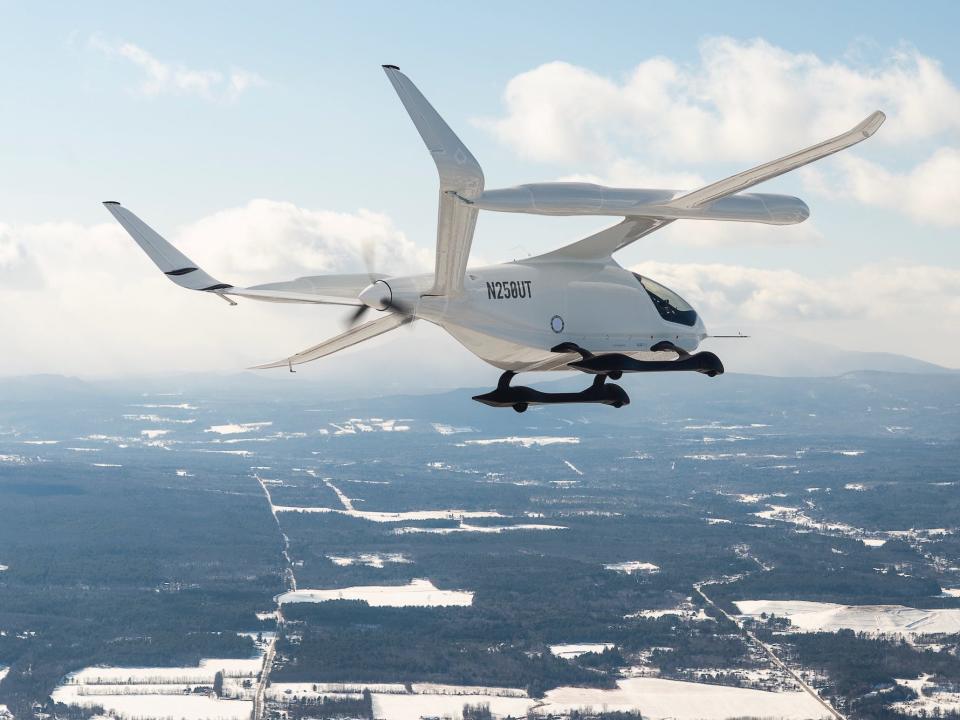
Vermont-based manufacturer Beta Technologies has announced orders for its electric aircraft, the CX300.
The vehicle takes off and lands like a conventional airplane and flew 386 miles on a single charge.
The CX300 was initially just a data-collecting tool, but market demand pushed Beta to certify it.
Vermont-based manufacturer Beta Technologies is certifying another electric vehicle intended for commercial use — the CX300.

Known as an eCTOL, the fixed-wing aircraft takes off and lands like a conventional plane and is powered by electric motors.
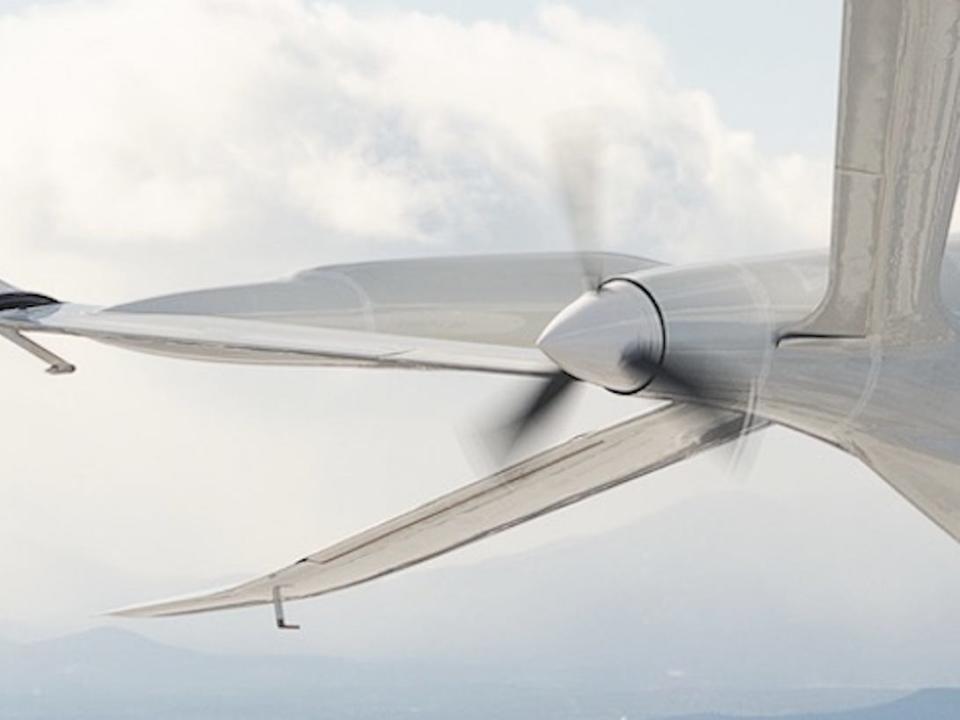
The CX300 is being developed alongside Beta's winged eVTOL called ALIA-250. Unlike its counterpart, ALIA takes off and lands vertically thanks to overhead propellers.

But the propellers, which are absent on the CX300, are the main difference — the batteries, airframe, propulsion, and other systems are common across both.
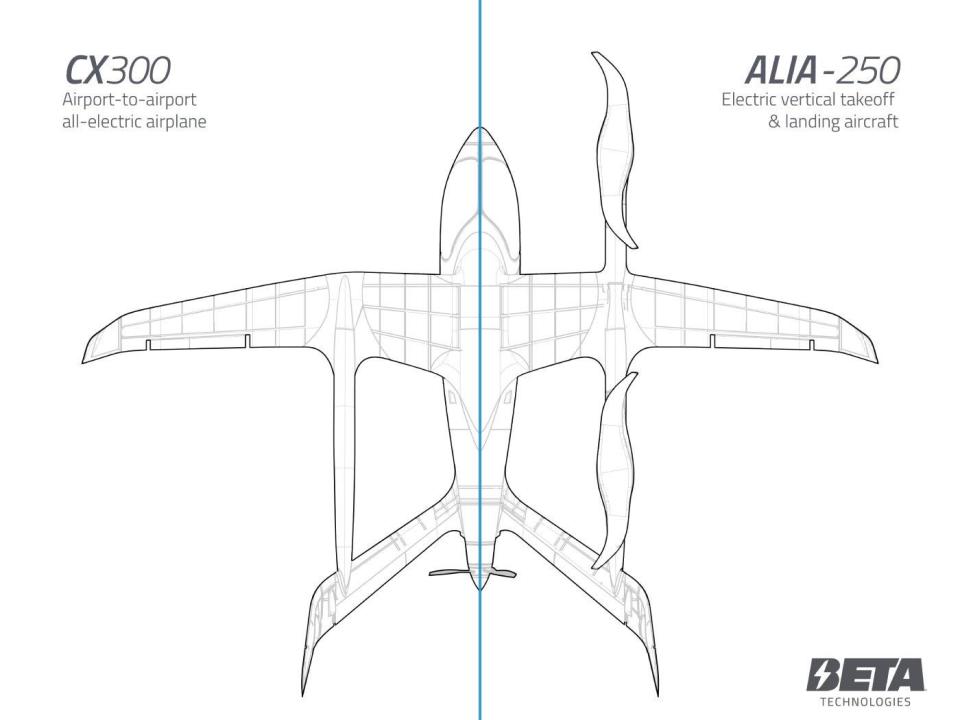
In fact, CX300 started as Beta's prototype aircraft that operated in support of ALIA to collect data on conventional takeoffs and landings — not as a certified commercial vehicle.
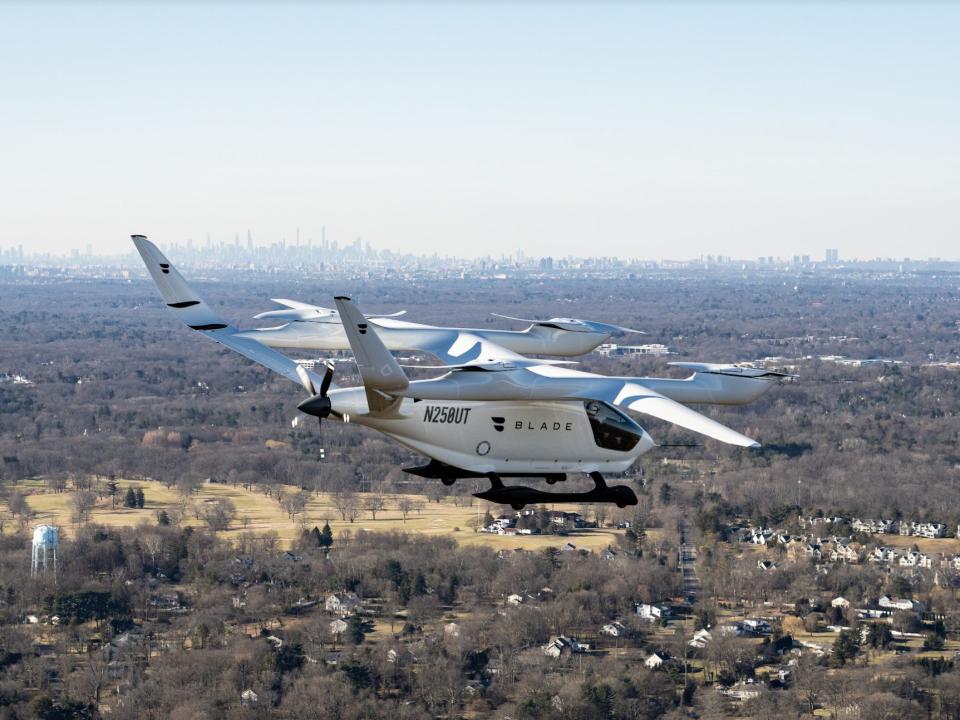
But, as the CX300 flew alongside ALIA, Beta saw increased customer demand for the product — and had people ask about its eCTOL, specifically. So, it decided to certify it, a process it hopes to complete by 2025.
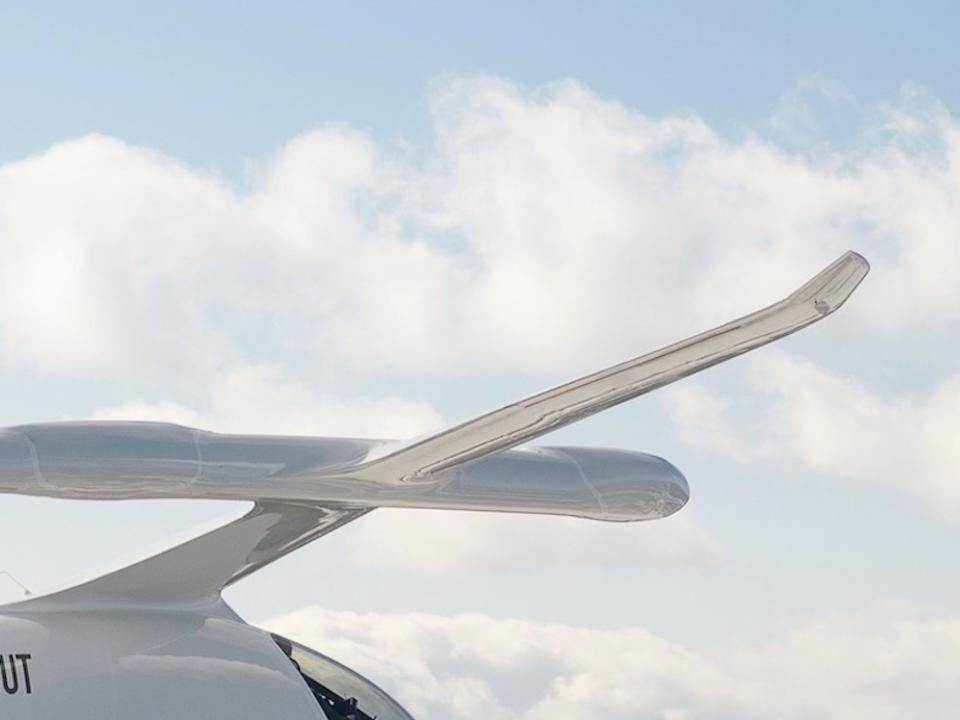
Beta founder and CEO Kyle Clark told Insider there is a "clear path to certification" as the CX300 is a regular fixed-wing aircraft, meaning it can be certified under the FAA's already established rules for airplanes.
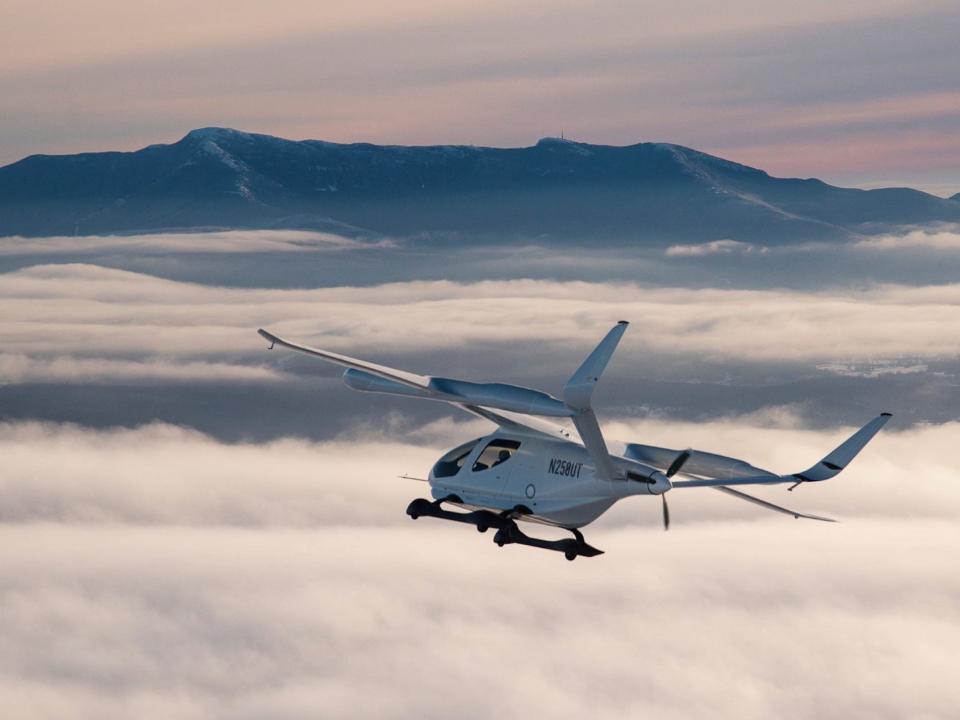
Its winged eVTOL, on the other hand, has a tougher road due to amended federal rules that have made the certification timeline uncertain.
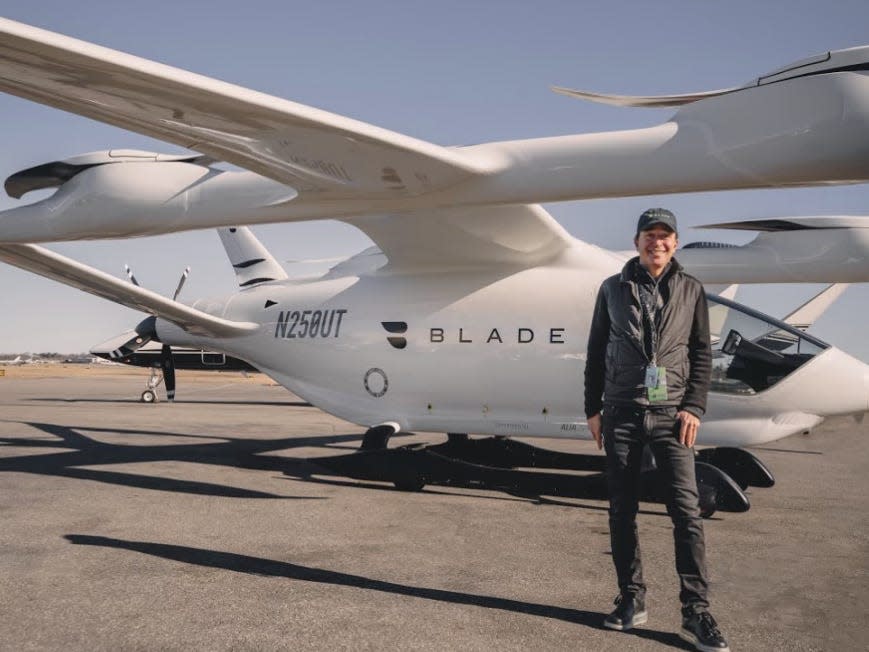
Because the eVTOL takes off vertically, it is considered a "powered-lift" aircraft. This makes pilot training requirements different from airplanes, adding more paperwork and time to ALIA's approval.
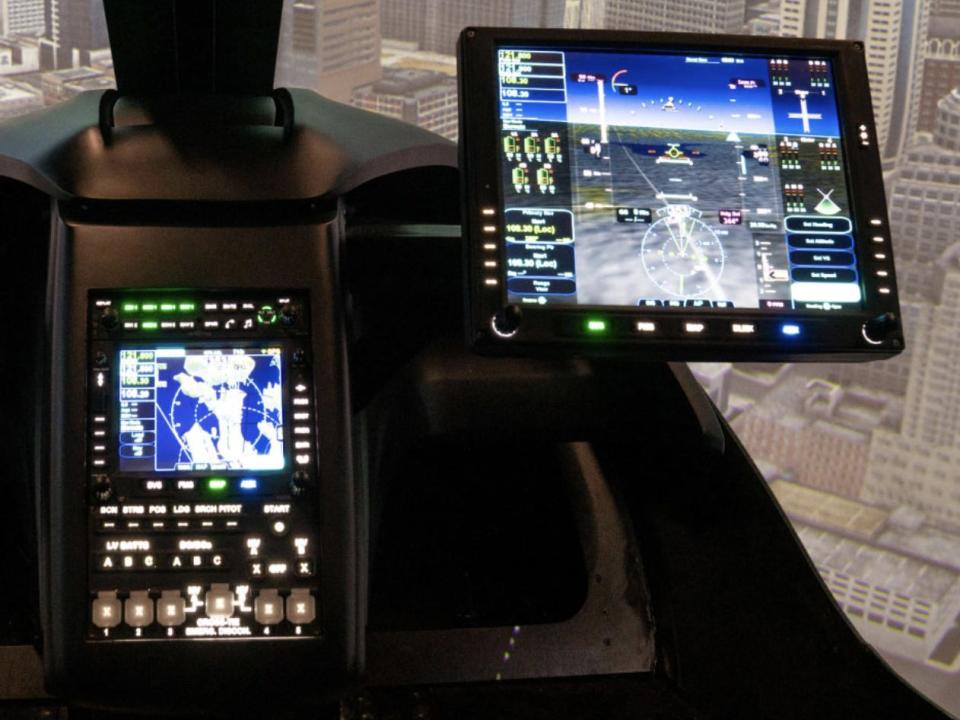
Source: Vertical Magazine
"These regulations did not anticipate the need to train pilots to operate powered-lift, which take off in helicopter mode, transition into airplane mode for flying, and then transition back to helicopter mode for landing," an FAA spokesperson told Aviation Today.
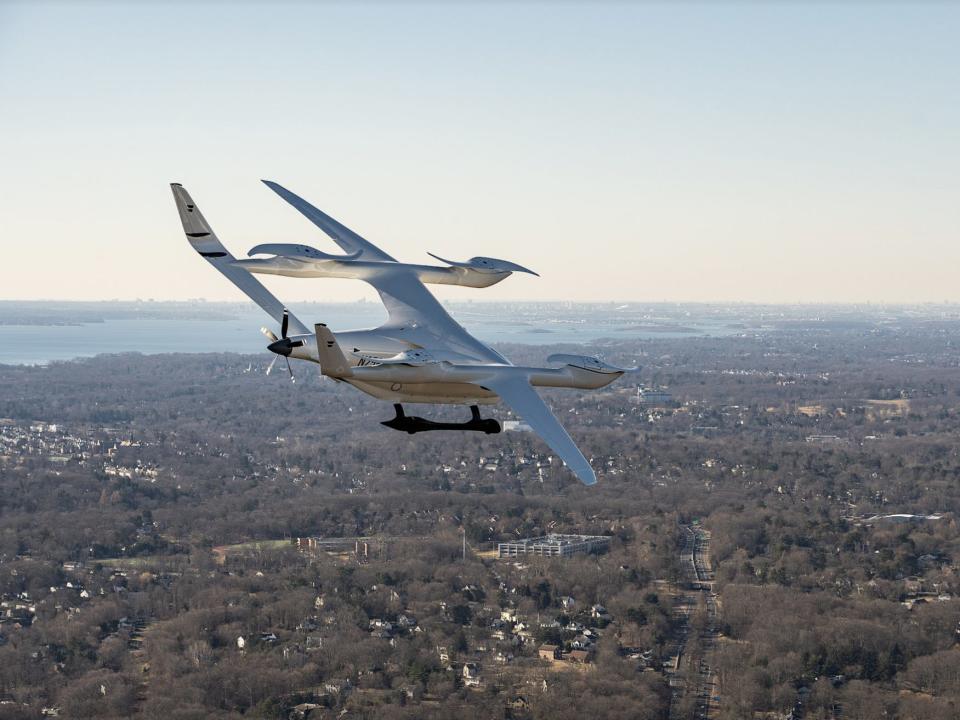
Source: Aviation Today
Over two years, the CX300 has flown 22,000 miles, has been evaluated by FAA and military test pilots, flew 386 miles on a single charge, and is the only electric aircraft to have operated in the US' busy class B and C airspace.
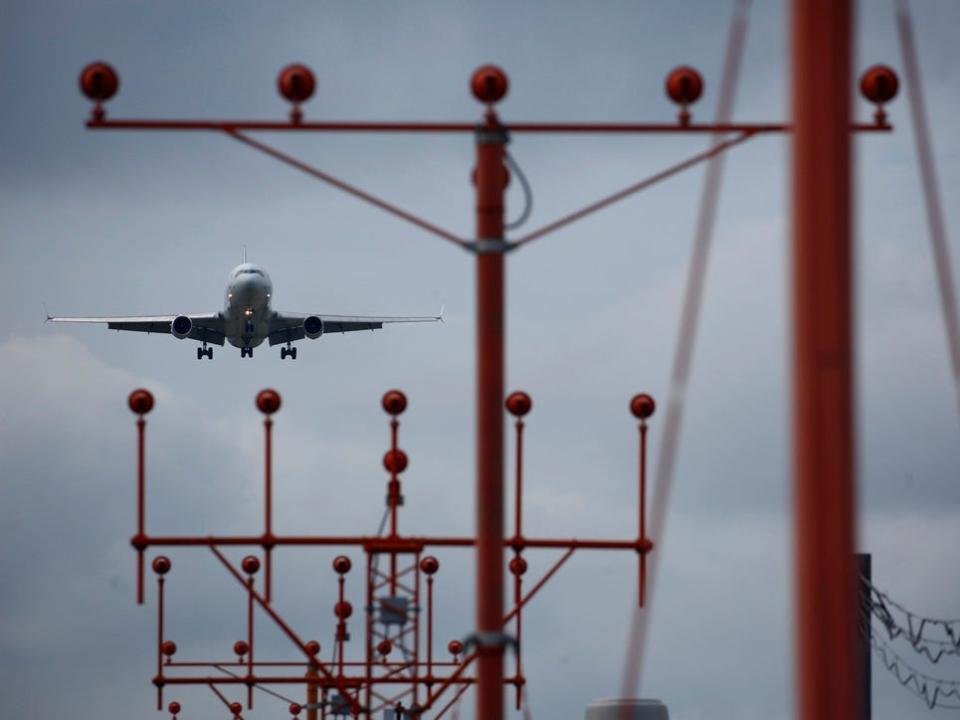
When it hits the market, Clark told Insider the eCTOL is designed for short-haul medical, cargo, and passenger operations at a lower operational cost: "More than a third of all global flights today are actually less than 500 miles," he said.
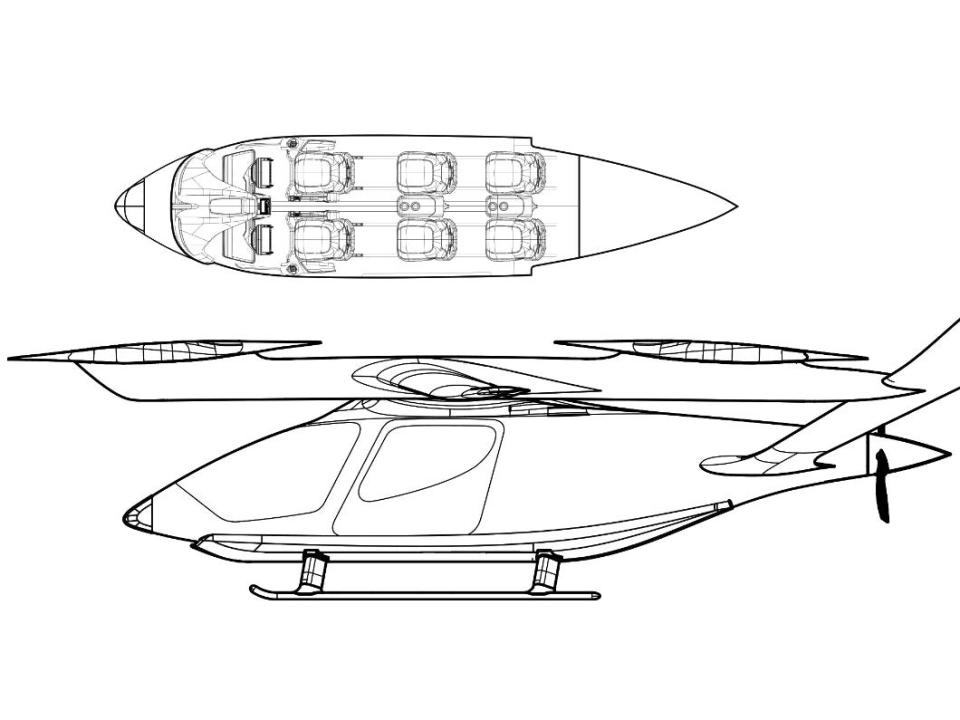
To demonstrate the savings, Clark said the cost to fly ALIA about 150 miles was $17 in electricity — the turbine plane that flew next to it cost Beta $700 worth of jet fuel.
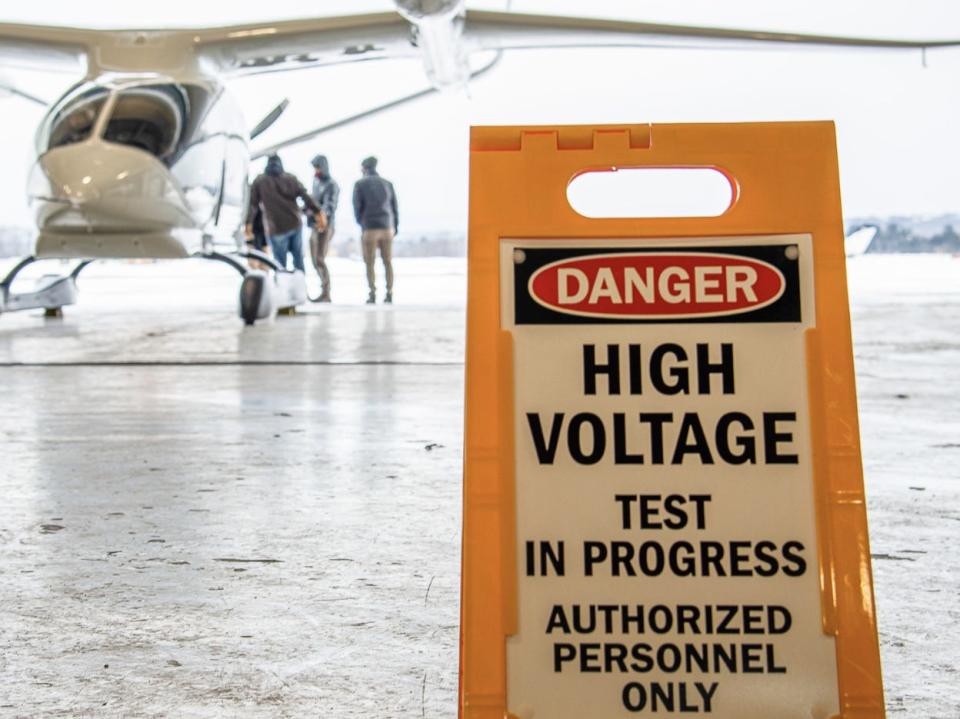
To charge ALIA — as well as the CX300 — Beta uses charging cubes, which are available at nine "publicly accessible" power stations installed from Vermont to Arkansas.
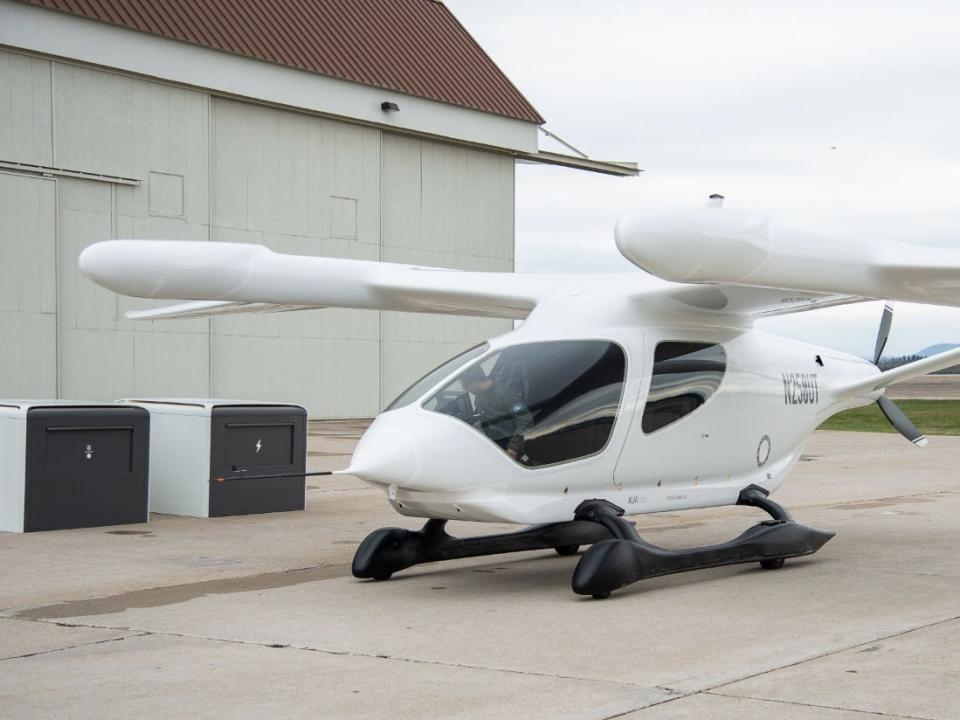
The company has another 55 currently under construction.
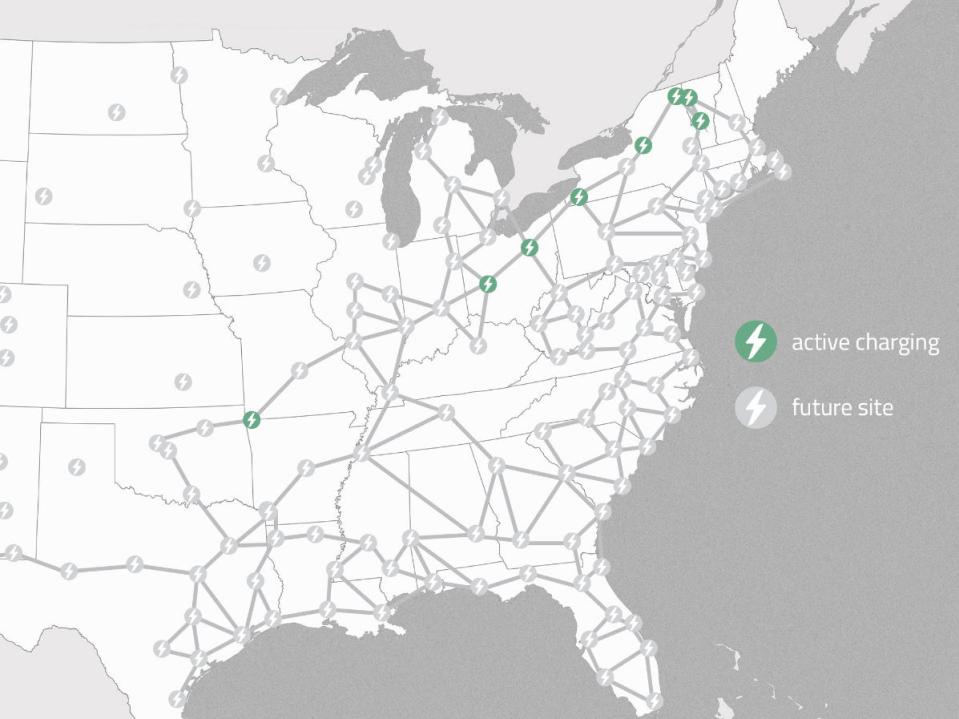
Electric aircraft also significantly reduce noise, making them favorable for local transport, like Archer Aviation's planned eVTOL route from Downtown Manhattan to Newark Liberty International Airport.
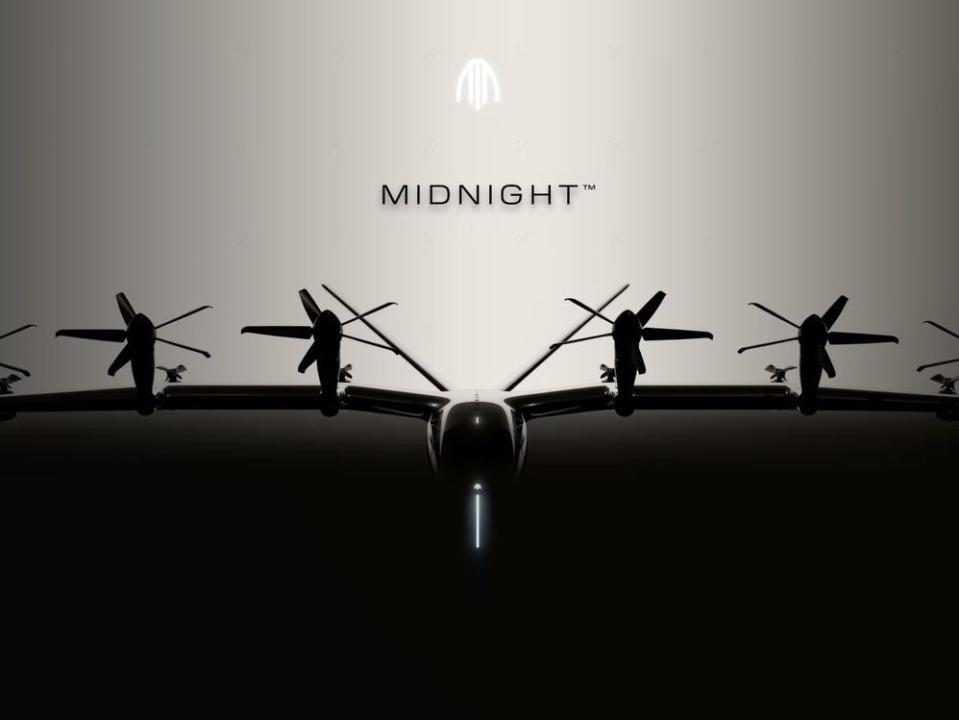
Beta has already secured orders for its CX300, including from Air New Zealand, helicopter operator Bristow, and United Therapeutics, which plans to use it to transport medical supplies and organs.
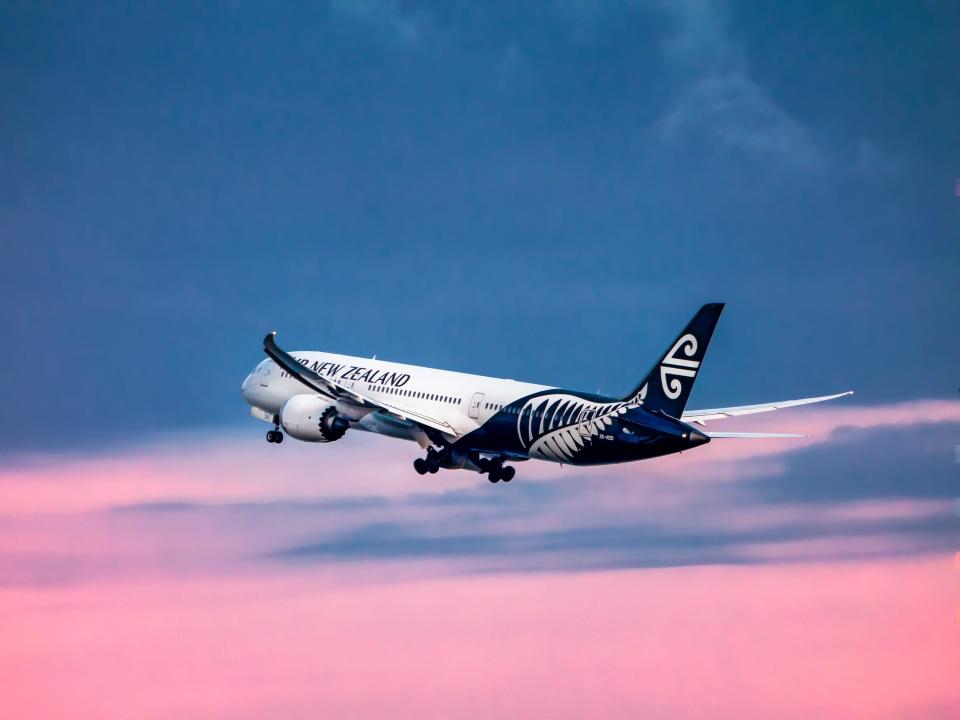
The Vermont manufacturer currently competes with other electric aircraft like Joby Aviation's five-seater eVTOL, which was ordered by Delta Air Lines in October 2022.

Read the original article on Business Insider


